- Job Seeker Resources
- |
- Last Updated: May 12, 2021
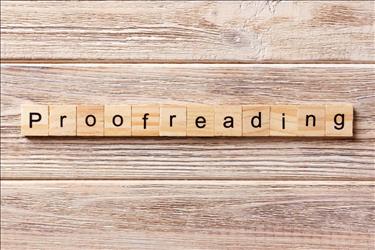
How to Proofread Your Resume Like a Pro [Checklist]
The Resume Proofreading Checklist
More than half of hiring managers will send your application to the trash for poor spelling or grammar. Use this proofreading checklist to make sure you don’t overlook any mistakes.
After spending the time and effort to write a resume, most people just want to be done with the project. Besides, all the information is in there, so proofreading can’t possibly be too important, right?
Wrong! More than half of hiring managers will send your application to the trash if they see spelling blunders, grammar issues, or clichés.
Don’t lose a shot at your dream job just because you didn’t take the time to learn how to proofread a resume. Use this resume proofreading checklist (you can download the printable version above) to make sure you don’t overlook any mistakes.
Do you communicate your purpose/goal?
Your resume should be tailored in two ways. First, it must emphasize your professional identity, giving the reader a sense of who you are and how you perform in the workplace. Second, it should respond to specific employer needs, showing hiring managers what you can do to alleviate the organization’s challenges (productivity, client satisfaction, revenue, etc.).
Your resume should…
- Tell a story the reader can easily follow
- Fit your personal brand
- Be customized for a specific company/position
- Highlight your strengths in a prominent position (for example, a recent graduate might list Education before Work History)
Is your resume focused and professional?
Keep it short, sweet, and to-the-point without sacrificing professionalism. Cut the excess descriptors and focus on specifics: what were your day-to-day duties, what did you do to go above and beyond, and how did that benefit your previous employer?
Avoid…
- Unnecessary or flowery language
- Informal tone, including contractions and slang
- Excessive document length
Find your dream job. Register with iHire.
Will your resume survive the applicant tracking system (ATS)?
Using the right keywords is essential to getting your resume through an applicant tracking system (ATS). The core competencies section is a great place to list some of these key terms, but ATSs are getting more advanced these days, so remember to include them throughout the resume as well. Plus, without evidence to prove how well you apply your skills, a list of keywords probably won’t mean much to the human reading your resume after ATS approval!
Incorporate…
- Important terms from the job description
- Industry-specific buzzwords
- All keywords meaningfully throughout the resume
Is your resume easily readable?
Recruiters only spend an average of 6 seconds reading each resume that comes across their desks. It’s important that your resume’s formatting easily guides the reader’s eye to the most important parts, especially since they’re just skimming.
Boost visual appeal by…
- Setting off key accomplishments with sufficient white space
- Using typographical flourishes (bold, italics, underlining) sparingly
- Checking document appearance on computer screen and printed paper
- Leveraging an industry-appropriate design
- Using a simple, common typeface
- Consistently sizing and formatting headers and body text
- Establishing even margins on all sides (minimum 0.5”)
Are there any sloppy errors?
You definitely know better than to rely only on your computer’s spellchecker for proofreading tips. However, we recommend that you start the spelling/grammar proofreading process with the computer’s spellchecker (after all, it is a pretty helpful tool). Then dig in to the document with the resume proofreading checklist to look for the rest of these common mistakes the computer might have missed.
Ensure accurate…
- Spelling, according to a computerized spell-checker
- Word usage (from vs form), as verified by a human proofreader
- Capitalization of all proper nouns (company names, job titles, etc.)
- Noun-verb agreement
- Punctuation after every bullet point and sentence
- Apostrophe use in possessives
Does your resume follow the style rules?
Hiring managers expect resumes to be written in a particular style to make them faster and easier to read. Unfortunately, it’s a very unique style that you probably aren’t accustomed to using, so it’s important to double-check the entire resume and ensure you don’t falter.
Eliminate…
- Repetitious content throughout the resume
- Articles (a/an/the)
- Personal pronouns (I/we)
When trying to decide how to proofread your resume, it’s important to first consider the overall document before examining individual sections. This tool aims to provide you with a foundation for getting started, but it certainly won’t catch every issue. Combine this resume proofreading checklist with other tips and strategies, such as taking breaks and reading sections out of order, for a highly efficient and powerful editing process.
Sign In or Register to access all articles and insider tips for help in your job search.
Search for iHire Jobs
RELATED JOBS
Overview Join the culinary team at Cut 132 and be an essential part of our modern and innovative...
Nurse Practitioner - PRN Health Risk Assessments in Franklin County, OhioOverview HarmonyCares is a leading national value-based provider of in-home primary care...
Distinguished Data Engineer- Bank TechDistinguished Data Engineer- Bank Tech Distinguished Data Engineers are individual contributors...
CT TechDetails of the CT Tech opening in Columbus, OH: Anticipated Start Date: 01/11/2026 Anticipated...
Auto Technician - Entry LevelALL ROADS LEAD TO THIS OPPORTUNITY The journey to Valvoline Instant Oil Change (VIOC) is...
RELATED RESOURCES
Find the Right Job Faster
- Get personalized job matches sent to your inbox every day
- Connect directly with employers before your competition
- Advance your career with expert advice on interviewing, salary negotiation, and more
We value your privacy

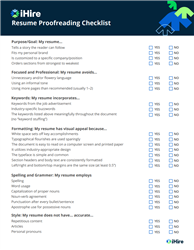
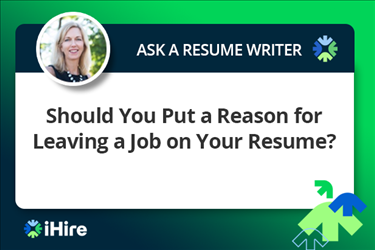
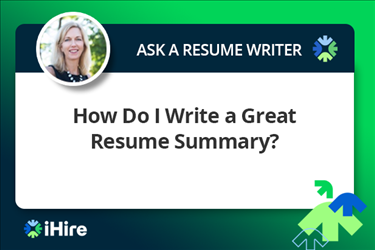
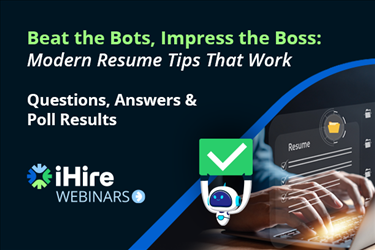
![Beat the Bots, Impress the Boss: Modern Resume Tips That Work [Video Webinar]](https://p-gpb8fhd4b9fbh6fy.z01.azurefd.net/cms/2d501210-a587-4b04-8f52-9470b916664c/5f311c3a-8c49-4464-b28b-0568b2eafc97-md.png)